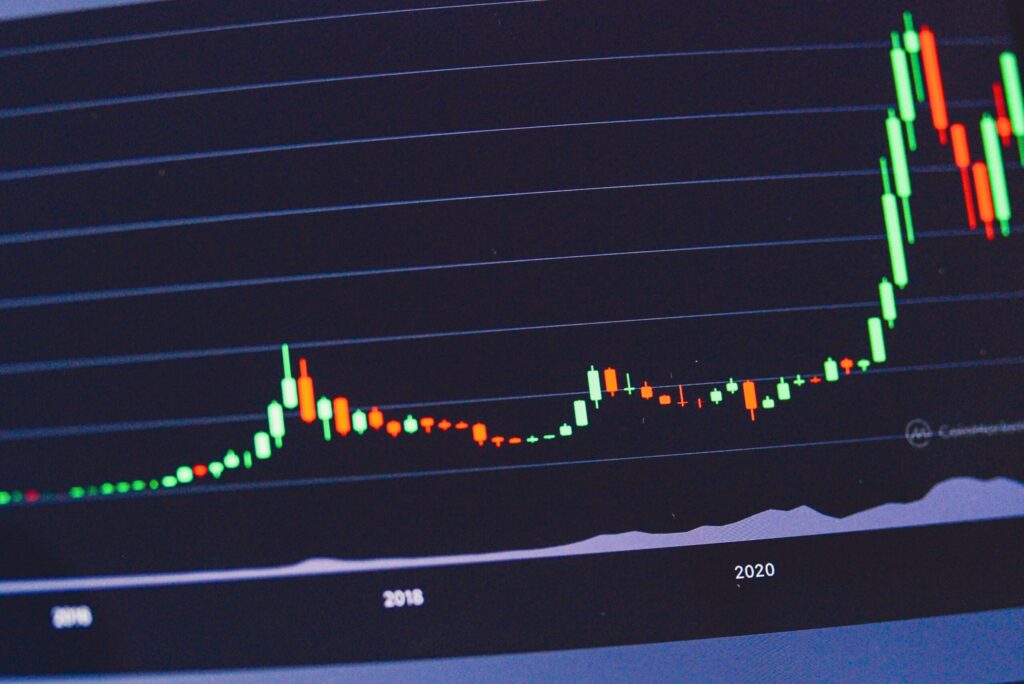Long-Term Capital Gains Relief in Portugal: Statutory Neutrality vs. Administrative Restriction
Introduction
Law No. 31/2024 of 28 June introduced a reform to Portugal’s personal income tax (PIT/IRS) regime for capital gains on listed securities. The measure was explicitly designed to encourage long-term investment, irrespective of the issuer’s residence.
Yet, when one turns to the 2024 PIT return, the architecture of the filing forms suggests a narrower administrative view: the holding-period exclusion is operationalised only for disposals reported in the “domestic” annex. Identical disposals of foreign-source securities lack a built-in mechanism for the recognition of the holding-period exclusion.
This article analyses the divergence between statute and practice, its tension with EU free-movement principles, and the litigation risk likely to emerge in the coming filing cycles.
Legal Baseline: Capital Gains Taxation in Portugal
Under the general PIT regime, capital gains realised by Portuguese-resident individuals on the disposal or redemption of financial assets (shares, bonds, ETFs, units in collective investment undertakings) are taxable in Portugal.
Two main categories are relevant:
- Short-term gains (< 365 days). Where the taxpayer’s taxable income, including the net balance of securities gains/losses, reaches the statutory threshold, such gains must be aggregated and taxed at progressive rates up to 48%, plus a solidarity surcharge of up to 5%. For 2025 filings, the aggregation trigger is €83,696 of taxable income.
- Long-term gains (≥ 365 days). As a rule, such gains are taxed at a flat rate of 28%, or 35% where the income arises from a jurisdiction included on Portugal’s blacklist of privileged tax regimes.
The 2024 Reform: Incentive for Long-Term Holding
Law No. 31/2024 introduced a new partial exemption for capital gains on listed securities and units in open-ended collective investment undertakings held by Portuguese tax resident individuals. The statute provides for an exclusion of:
- 10% where the holding period exceeds 2 years but is less than 5 years;
- 20% where the holding period is at least 5 years but less than 8 years;
- 30% where the holding period is 8 years or more.
The statutory wording is issuer-neutral. No distinction is made between Portuguese-issued and foreign-issued securities. The mechanism transforms the 28% flat rate into a lower effective rate for long-term individual investors, reflecting the policy goal of rewarding patient capital.
Divergence Between Statute and Filing Forms
The PIT return continues to separate reporting of securities disposals between Annex G (domestic-source items) and Annex J (foreign-source items). While this split predates the reform, its interaction with the new exclusion is asymmetrical:
- Annex G now contains dedicated fields allowing taxpayers to claim the 10/20/30% exclusion directly at filing.
- Annex J contains no equivalent fields, preventing the exclusion from being applied automatically to foreign-source disposals.
In practice, identical disposals are treated differently depending solely on whether they are reported as “domestic” or “foreign.” Taxpayers with foreign securities are forced into post-filing disputes to claim the statutory relief.
This is more than a technical oversight. It reflects an administrative interpretation that confines the incentive to securities “reported domestically,” narrowing the scope of the statute without textual basis.
Legal Assessment Under Domestic and EU Law
On a domestic level, the statute itself contains no issuer-based restriction. Conditioning access to the relief on the reporting annex—and, by implication, the place of issuance, listing or settlement—is extra-statutory.
At the EU level, Article 63 TFEU prohibits restrictions on the free movement of capital. The CJEU has consistently invalidated regimes that favour domestic investments while denying equivalent treatment to cross-border investments, absent an overriding and proportionate justification.
If two taxpayers dispose of substantively identical securities after identical holding periods—one listed abroad, one listed in Portugal—and only the domestic disposal benefits from the exclusion at the self-assessment stage, the difference in treatment rests on issuer location. This is a textbook restriction on capital movements unlikely to withstand proportionality review.
Practical Implications and Dispute Outlook
Unless the Portuguese Tax Authority updates the PIT return and guidance to align with Law 31/2024’s issuer-neutral design, significant controversy will follow.
We anticipate:
- PIT assessments. Taxpayers with foreign securities will not see the exclusion applied in respect to capital gains derived from the sale of foreign listed securities and units in open-ended collective investment undertakings.
- Administrative challenges. Corrections will be sought through available remedies, with taxpayers arguing that administrative form design cannot curtail a statutory right.
- Litigation. EU law arguments, in particular free-movement principles, are likely to be invoked in both administrative and judicial proceedings.
Conclusion
Portugal’s 2024 reform promised an issuer-neutral framework rewarding long-term investment in listed securities. The statute itself makes no distinction between domestic and foreign instruments. Yet the practice has already diverged: the 2025 PIT assessments confirm that the Portuguese tax authorities have confined the exclusion to securities reported in the “domestic” annex (meaning applied the exclusion applied only in respect to capital gains derived from the sale of domestic listed securities and units in open-ended collective investment undertakings).
This administrative narrowing not only undermines the text of Law No. 31/2024 but also raises serious concerns under EU law, where unequal treatment of substantively identical cross-border investments is rarely upheld. For affected taxpayers, the path forward now seems clear: post-assessment challenges are no longer hypothetical but inevitable.
What remains uncertain is the trajectory of these disputes. Will the AT eventually recalibrate its position to align practice with the statute’s issuer-neutral design, or will the controversy escalate through domestic courts and ultimately reach the CJEU? The first wave of 2025 filings may well mark the beginning of a longer and more consequential test of Portugal’s commitment to both legislative fidelity and the EU’s free-movement principles.






































